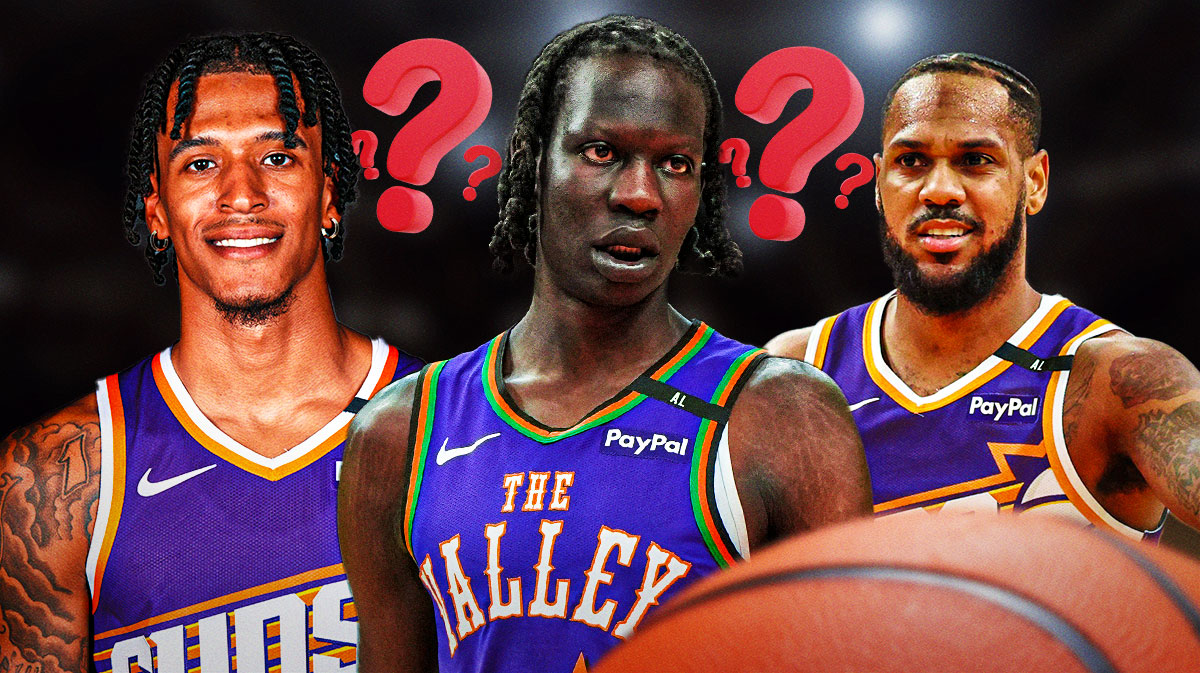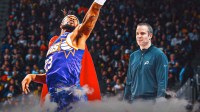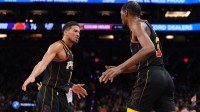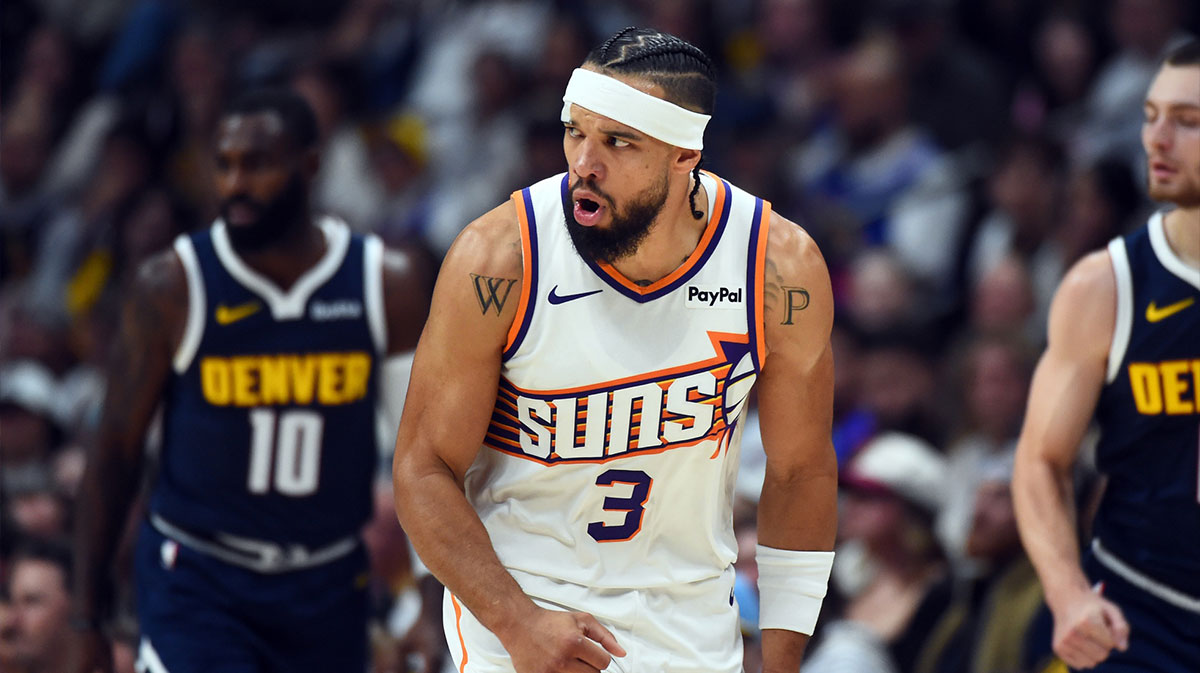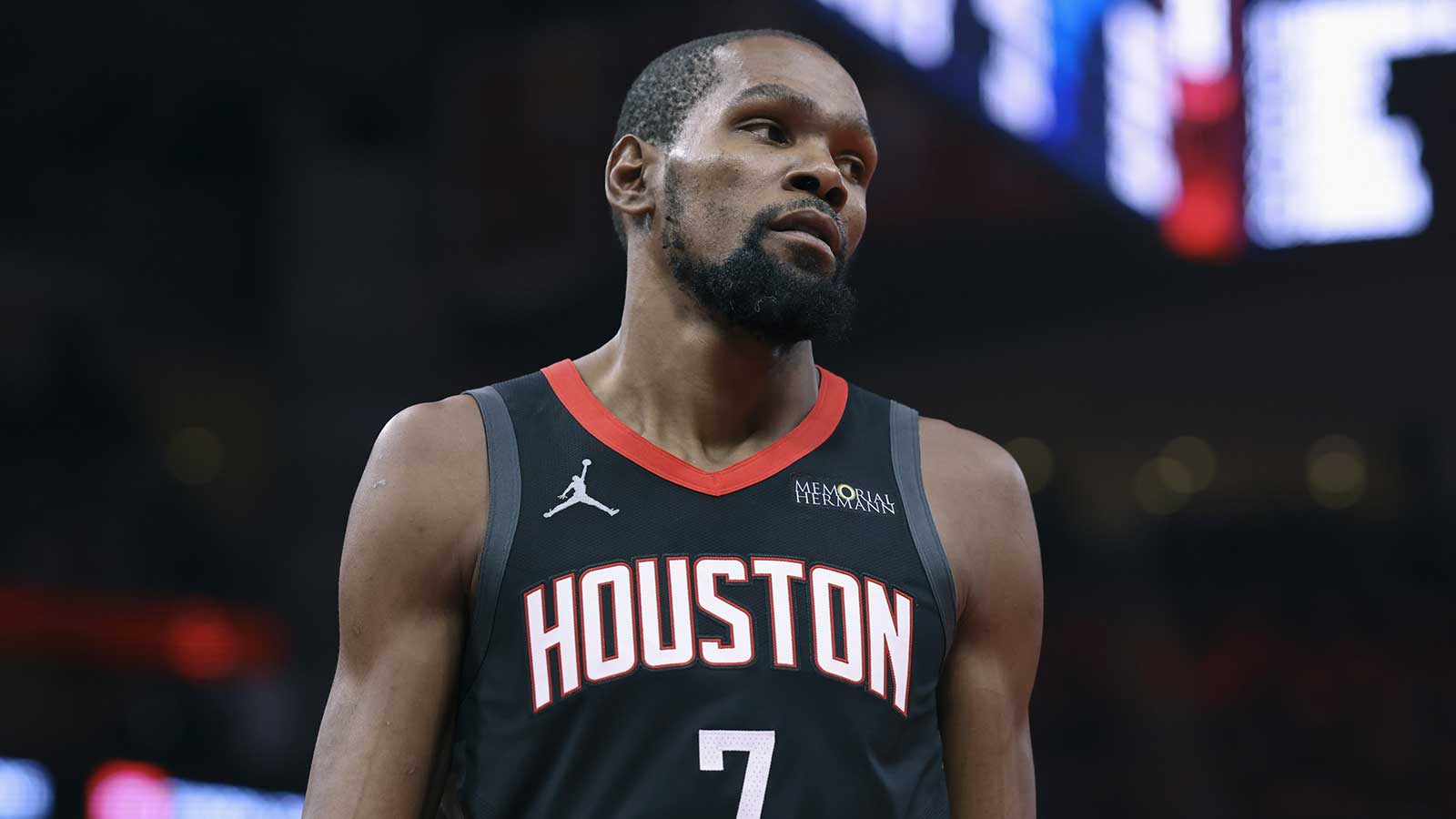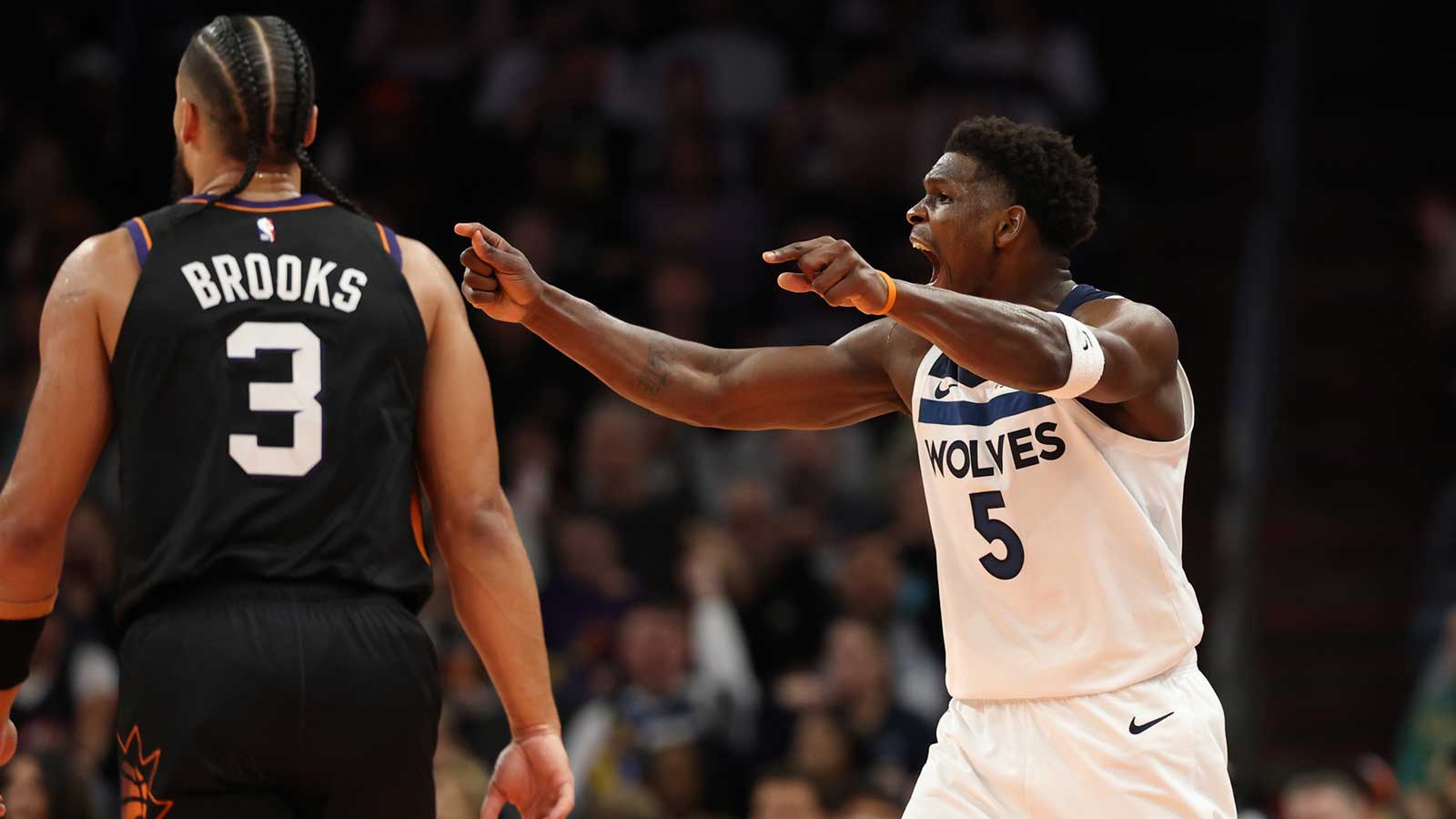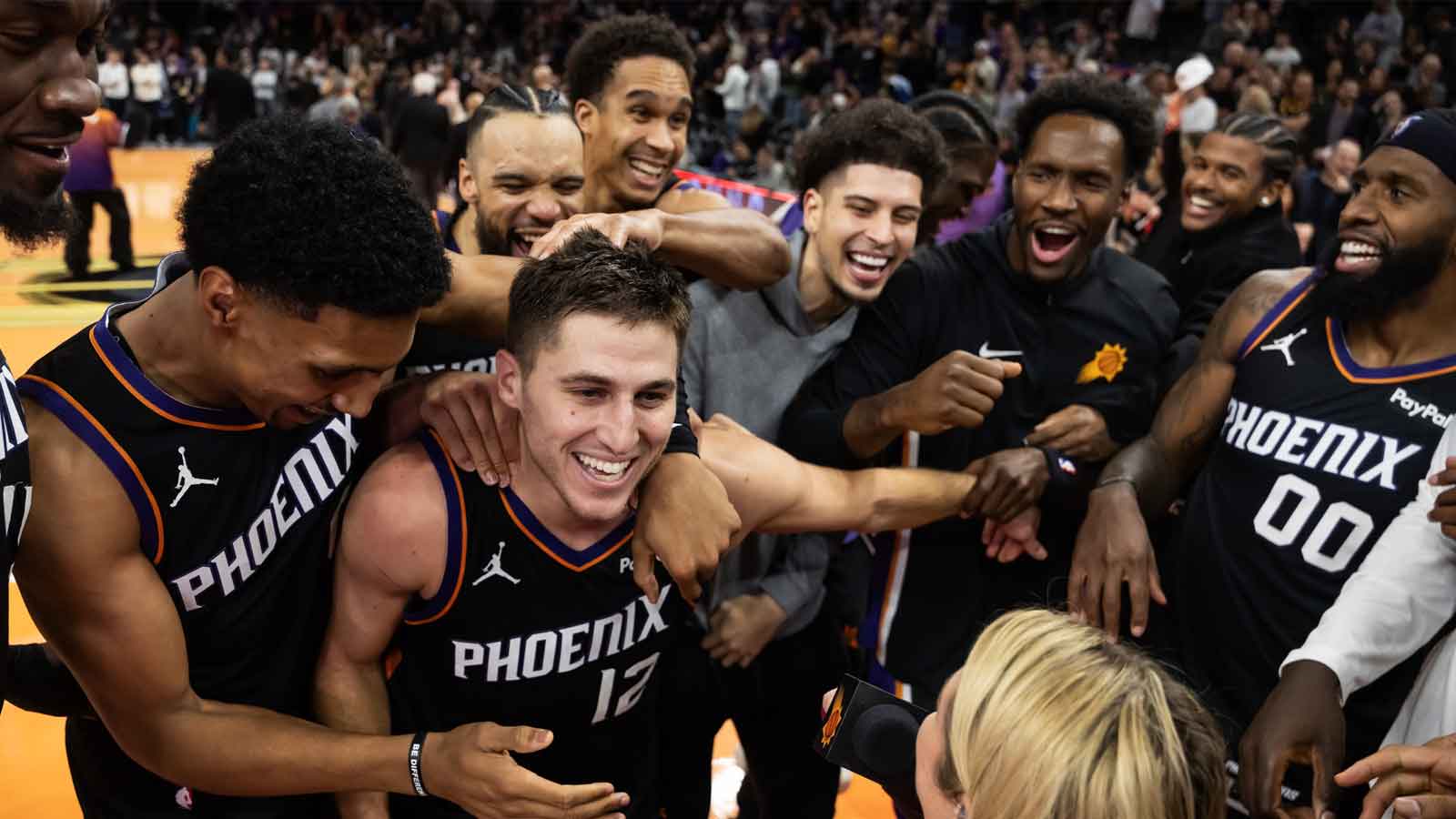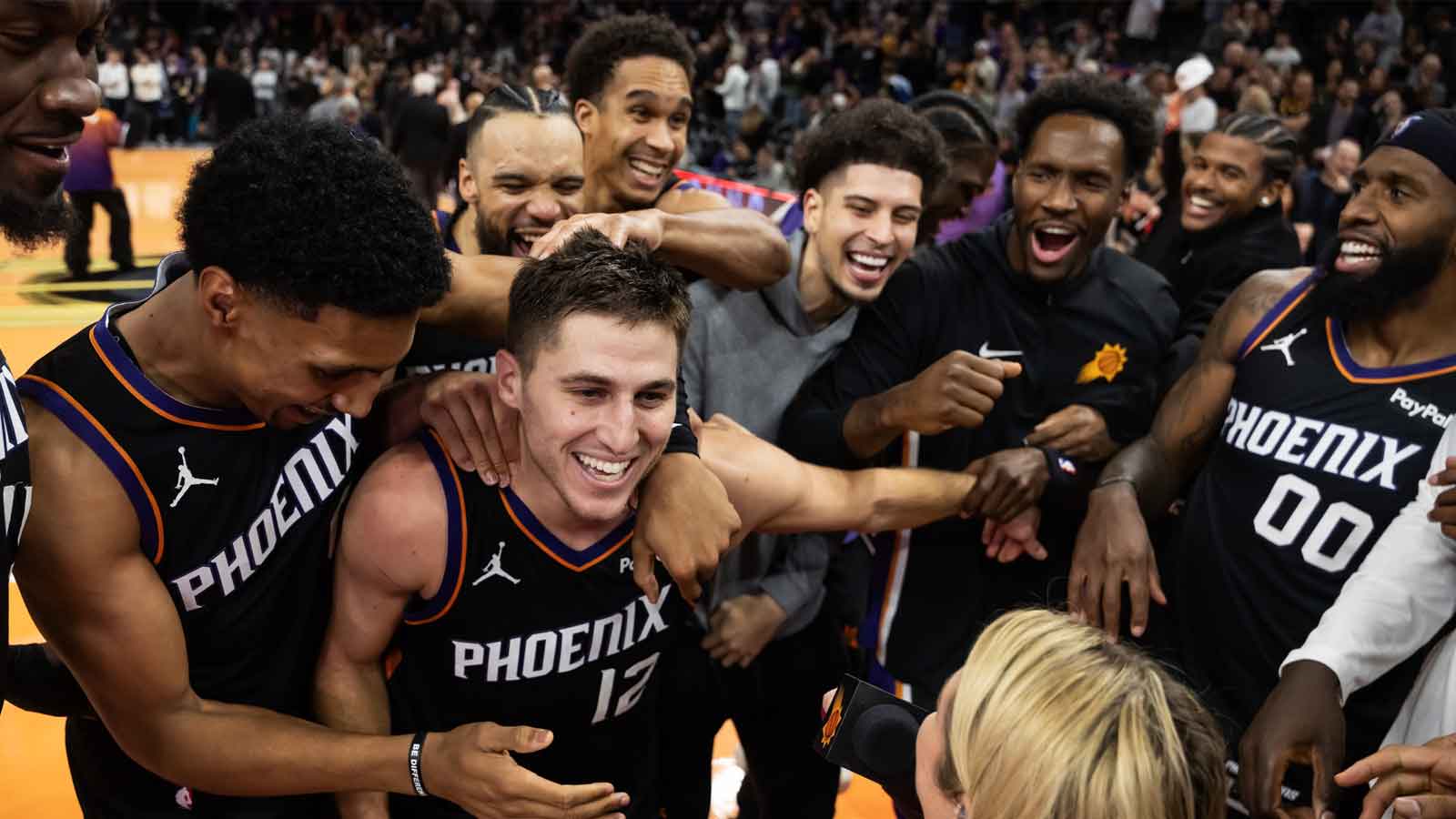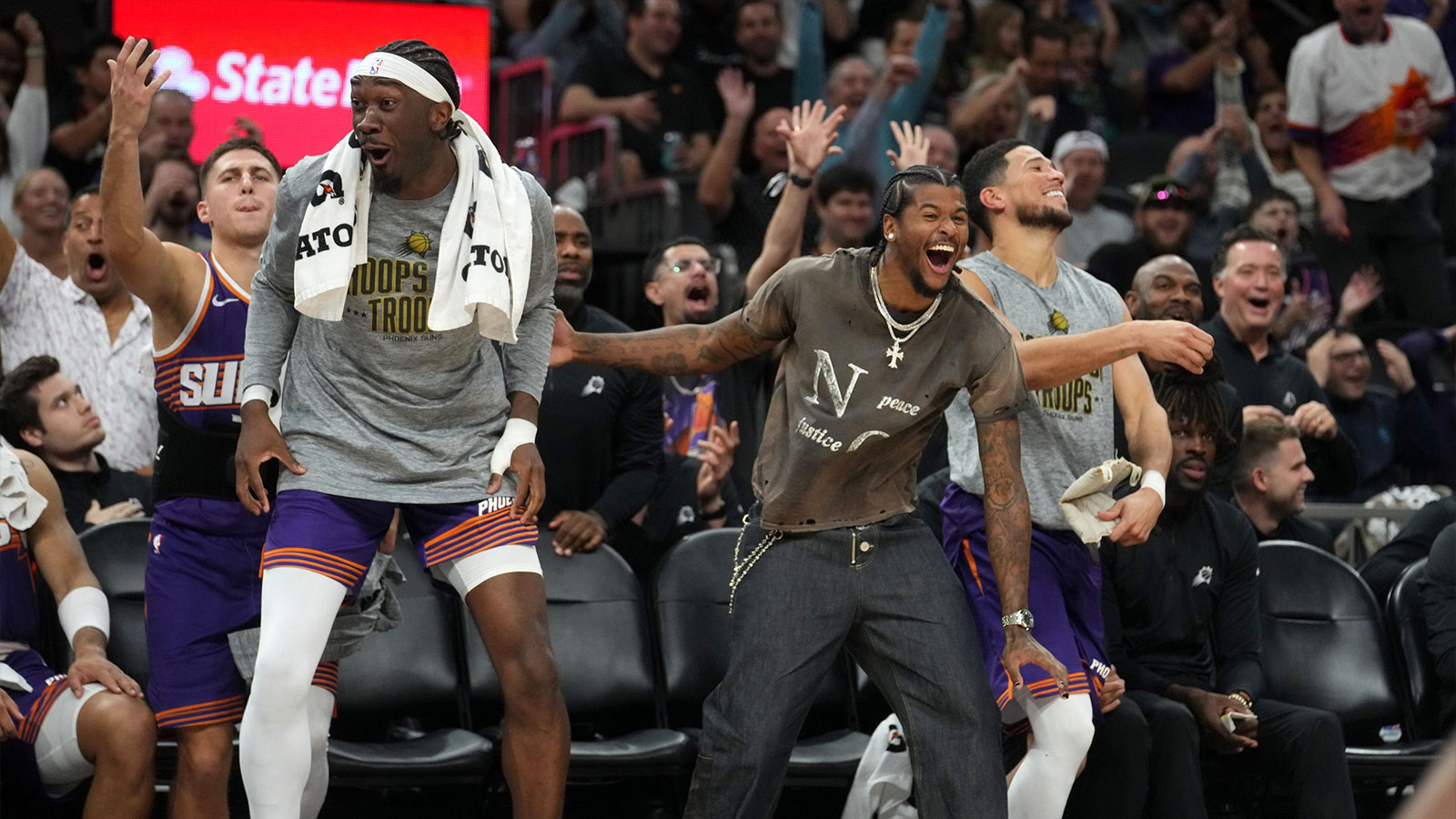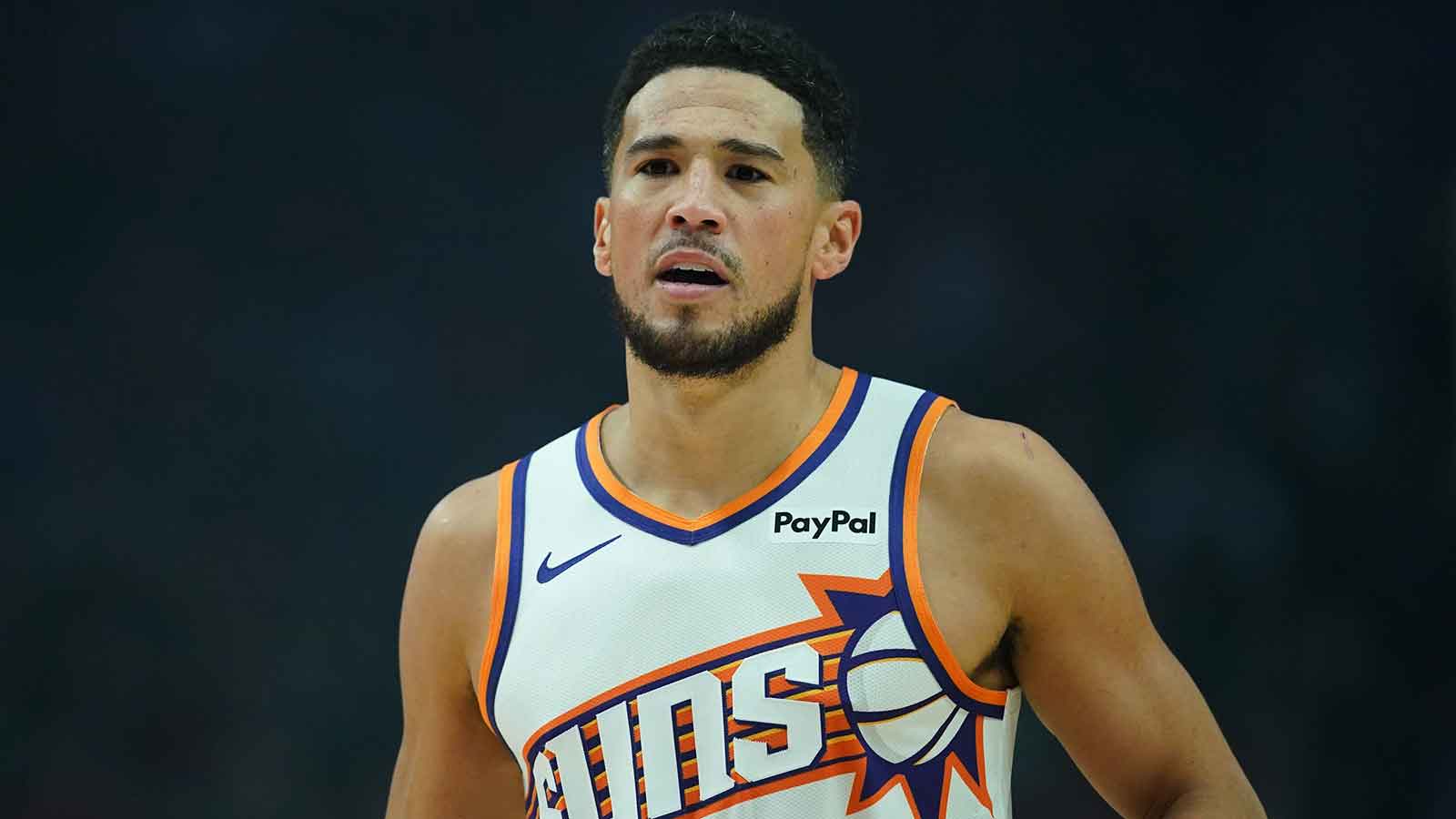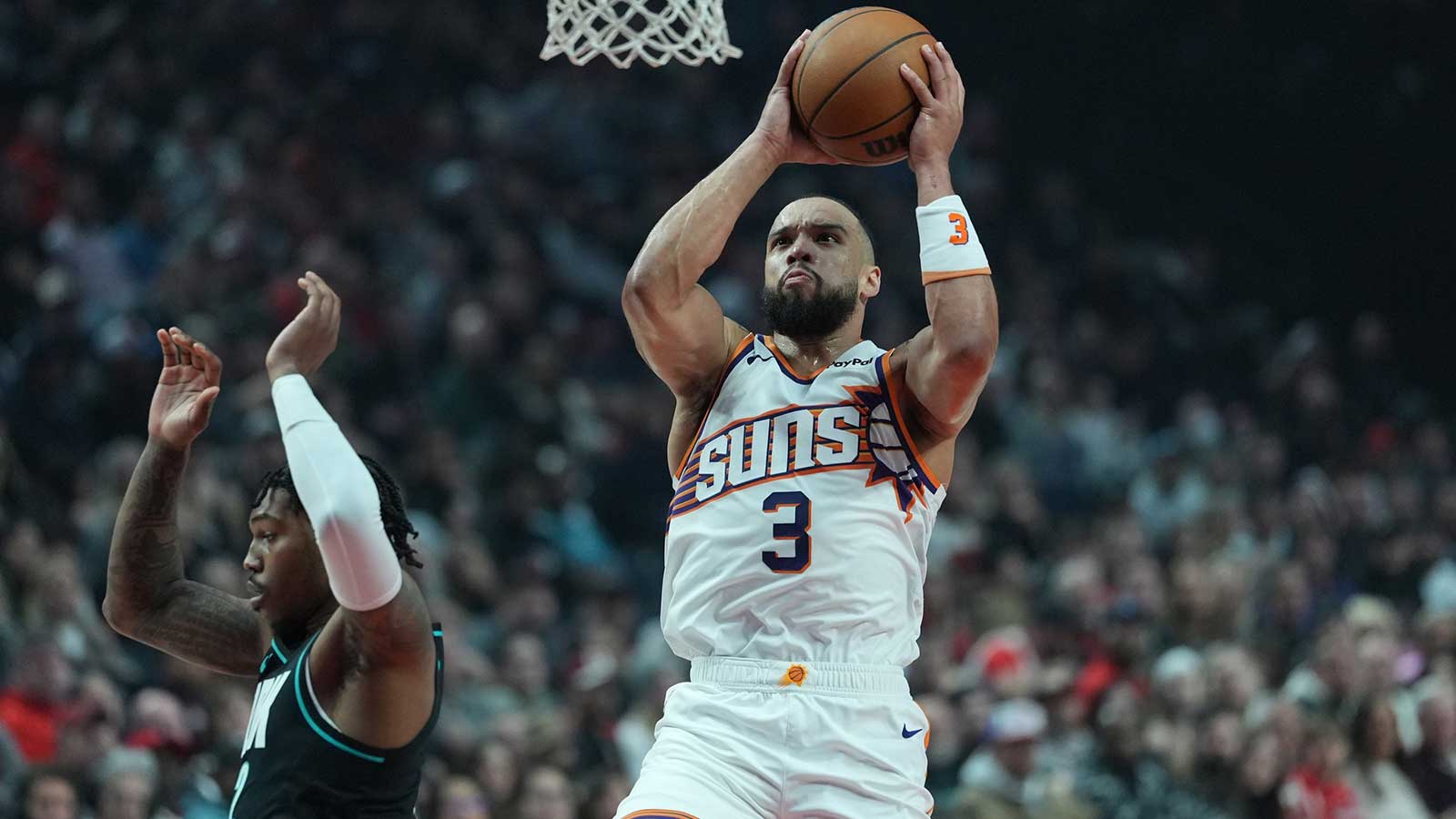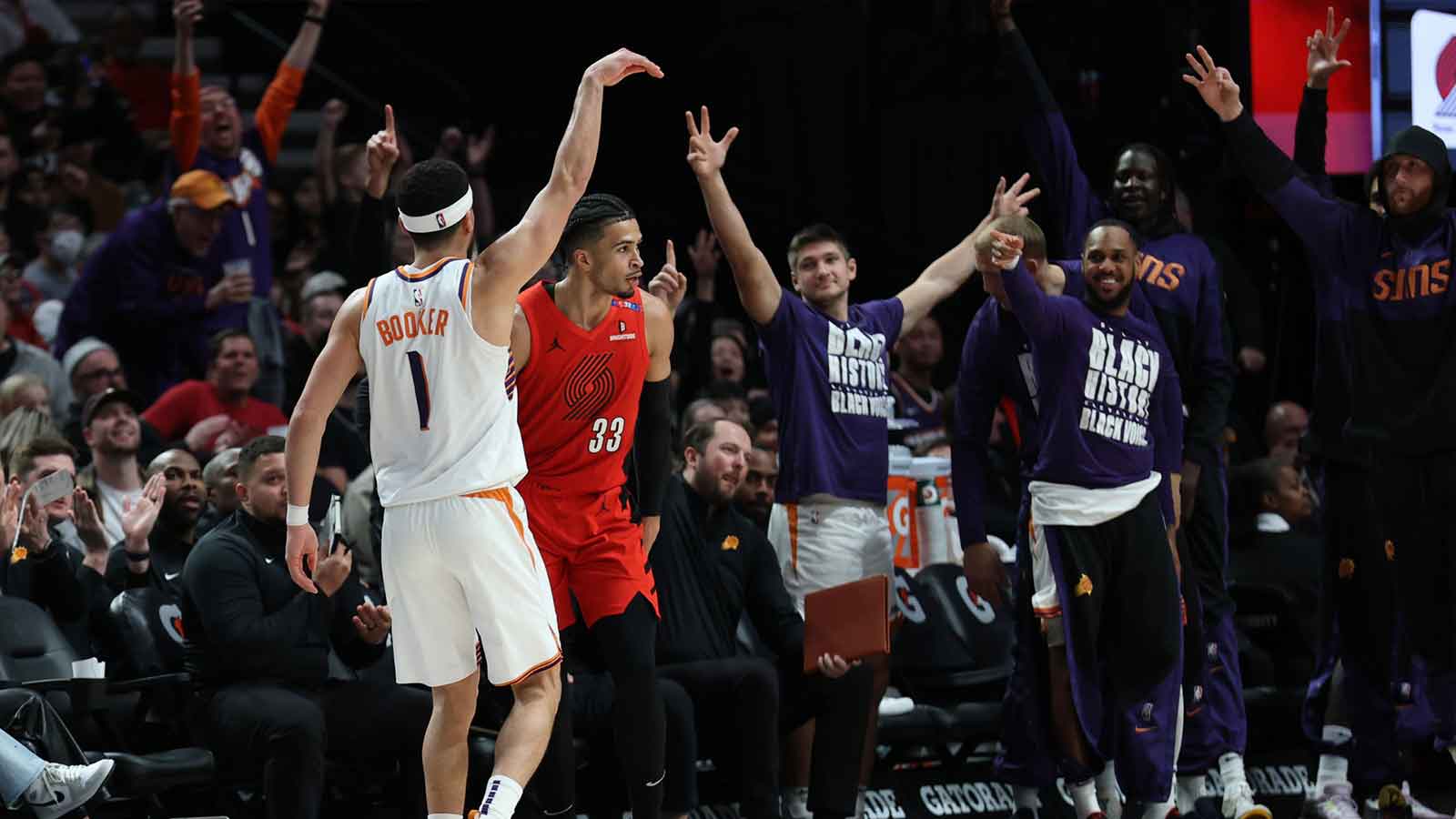The Phoenix Suns have once again dramatically retooled their roster. In a blockbuster summer that featured the departure of Kevin Durant, the team returned key assets in Jalen Green, Dillon Brooks, and Mark Williams, while adding exciting young prospects like Khaman Maluach, Rasheer Fleming, and Koby Brea in the 2025 NBA Draft. With Devin Booker still at the core and a balanced mix of experience and youth around him, the Suns are pivoting toward sustainability and upside without completely exiting win-now mode.
However, while their front-line moves have grabbed headlines, several players from the 2024-25 roster remain unsigned free agents, creating a murky picture for the final composition of the 15-man group. Among the four unsigned names — Bol Bol, Jalen Bridges, Monté Morris, and Damion Lee — not all will likely return. In fact, three of them could be re-signed only to become trade candidates, used strategically to either match salary in midseason moves or clear roster spots for younger talent.
Here’s a deep dive into three potential sign-and-trade or midseason trade chips based on fit, health, and the Suns' future vision.
Monte Morris: The odd veteran out in a changing backcourt
At 30, Monte Morris is a proven NBA floor general: steady, low-turnover, and capable of running a second unit. In theory, he’s exactly what the Suns would want behind Devin Booker and Jalen Green. But theory doesn’t always align with timing.
Morris’ fit has been complicated by the emergence of young guard options like Koby Brea, who fits the developmental curve of the new-look Suns. Meanwhile, the Suns’ acquisition of Jalen Green signals a full investment in athleticism and scoring at the guard spot. Booker’s evolution as a part-time point guard further reduces the need for a traditional backup floor general.
Financially, Morris is likely to command a mid-level salary. That figure could be re-signed by Phoenix with the explicit intention of flipping him midseason to a contender in need of backcourt depth (e.g., Boston, Miami, or the LA Clippers). His non-ball-dominant style and playoff experience make him an ideal “plug-and-play” piece for top-tier teams.
Bol Bol: The high-ceiling, low-reliability swing piece
No player on this list evokes more curiosity or divisiveness than Bol Bol. The 7-foot-2 unicorn has teased stardom in flashes, with absurd shot-blocking, ball-handling, and perimeter shooting. Yet his inconsistency, lack of physicality, and defensive lapses have kept him from becoming a reliable rotational piece.
Hornets Free Agency Target: Bol Bol
The Suns are expected to let Bol Bol leave in free agency this summer.
With the departure of Mark Williams, the Hornets could benefit from some additional size on the roster.
When given opportunities, Bol showed some promise in PHX. pic.twitter.com/nfOQyw19y1
— Hornets Muse (@_HornetsMuse_) June 28, 2025
Phoenix gave Bol chances in 2024-25, and there were nights when he looked like a matchup nightmare. But with the arrival of Mark Williams, the presumed starting center, and the selection of Khaman Maluach, an elite shot-blocking big from the draft, there may not be room to fully explore Bol’s development.
That said, Bol still has theoretical upside that a lottery team or rebuilding squad might gamble on, especially if Phoenix re-signs him to a team-friendly deal ($2–4 million annually). He could be included in a deal to dump salary or acquire a veteran at a position of need (backup forward or shooter).
Jalen Bridges: Young, athletic, and available as a trade chip
What makes Morris, Bridges, and Bol Bol valuable as trade chips is that they each serve distinct roles and carry mid-sized, movable contracts. The Suns are no longer a top-heavy roster built solely around Durant, Booker, and Beal. Instead, they have diversified with a mix of scoring (Green), defense (Brooks, Williams), and youth (Maluach, Brea, Fleming). That gives them the flexibility to:
-
Re-sign players on team-friendly deals
-
Use them as salary ballast in trades for missing pieces
-
Flip them for future assets or second-round picks
In a Western Conference that continues to reload and realign, maintaining roster and cap flexibility is crucial. Phoenix doesn’t need to keep every veteran. They need to keep their timeline aligned, and that means turning useful-but-expendable veterans into either young talent or playoff-suited depth.
The Suns aren’t finished crafting their 2025-26 roster. While the core is solidifying around Booker and Green, the margins will be shaped by which veterans stay and which are flipped for fit or value. In this context, Monté Morris, Jalen Bridges, and Bol Bol emerge as logical trade candidates, useful enough to warrant a re-signing, but not essential enough to hold onto if a better offer comes along.
Smart front offices get ahead of the trade market. If the Suns play their cards right, these three could become the final pieces of a playoff-contending puzzle, not by staying, but by helping Phoenix get who they need.

